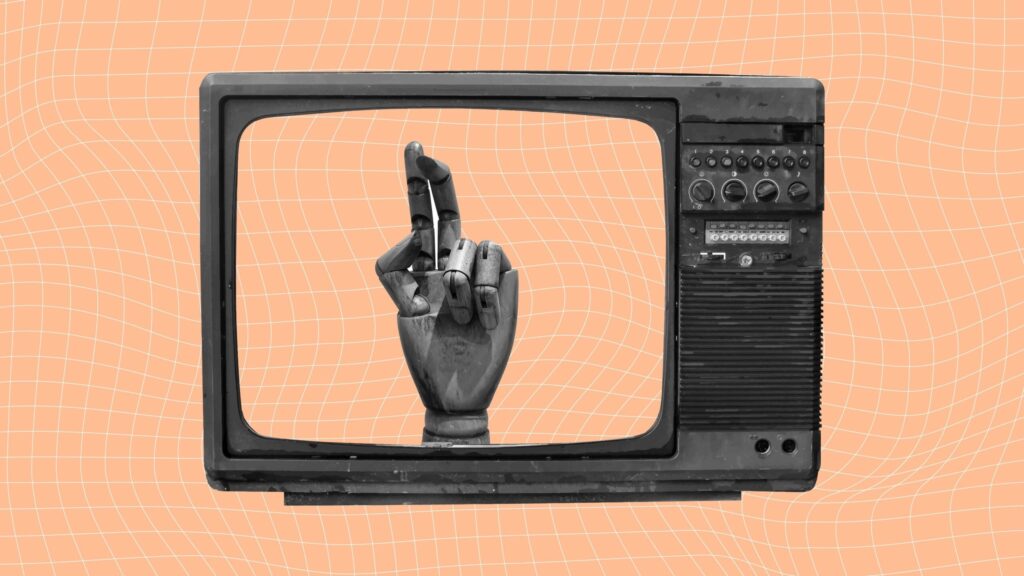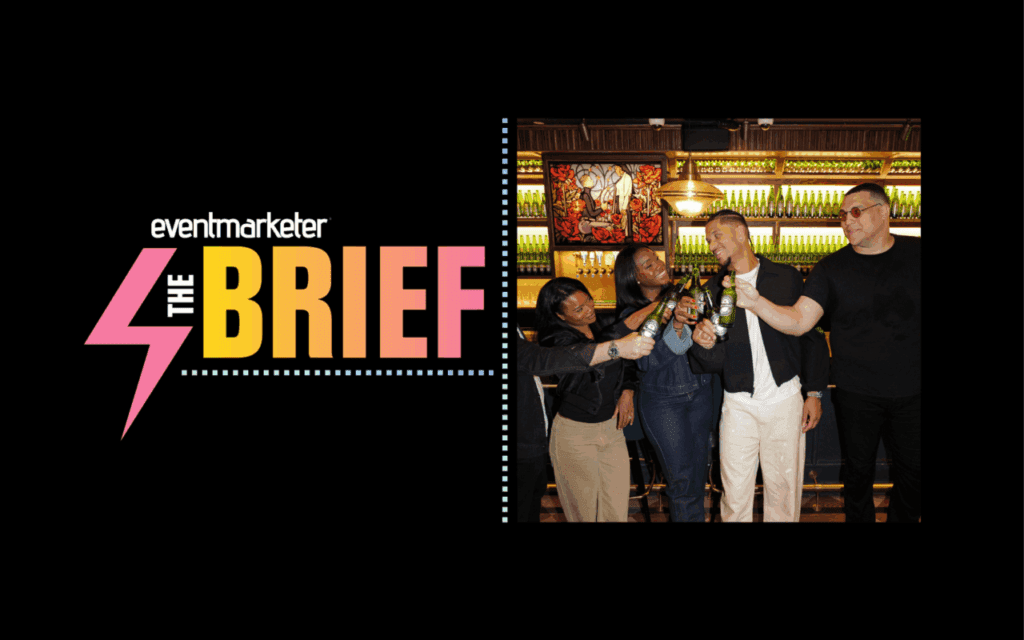Last month we talked about the yin and yang of hard and soft benefits in loyalty marketing value propositions. If hard benefits represent the rational, tangible side of the value exchange in the eyes of your customers, then what about the benefits that appeal to the emotional, personal side of the relationship? Do soft benefits matter?
Hard benefits are rewards that let customers know they’re getting something free in exchange for their continued patronage. Everybody likes to think he’s getting a deal. This is the rational side of the customer brain at work: I’m getting my money’s worth.
But recognition is equally important. Soft benefits are recognition elements that tell customers you know they’re important. Soft benefits help differentiate you from your competitors, particularly in the eyes of your best customers. By offering them privilege, access, special treatment, and other amenities that only program members can obtain, you appeal to the emotional side of the customer brain: They know I’m important.
Soft benefits are important for another reason. Customers, after all, can spend only so much money with you. They need only so many tanks of gas each month. They can spend only so much money on apparel. Whatever your business, if your most valuable, highest-spending customers are earning hard benefits in your loyalty program, then they’ll reach a point when additional currency or economic reward will cease to motivate them. Think of the million-miler in an airline frequent-flyer program—you may be one yourself. Once you’ve earned a million miles, does the prospect of earning additional mileage in a promotion turn you on? Probably not. Chances are you don’t even have the time to spend the miles already languishing in your account. When you’ve reached that rarified level, what motivates you are the perks: the upgrades to first class, the priority check-in, and the drinks in the Crown Room. At that point, you couldn’t care less about the miles.
Soft benefits can take myriad forms. You’re limited only by your budget and your imagination. In general terms, however, we can group them into three broad categories:
Exclusive access
Customers love it when you offer them something special—especially when they feel that the benefit makes them part of an exclusive or select group. Offering members special access to certain times, events, and offers at your facility is one of the easiest and least expensive ways to offer soft benefits in your loyalty program.
American Express’s Membership Rewards program, for example, offers Gold Card members access to exclusive Gold Card Events such as tickets to Broadway shows, dinners at fine restaurants, and other entertainment options around the country. The operative word here is access—if you don’t play at the Gold Card level, then you’re left out. Other ideas could include
• access to a members-only Website where members can find exclusive offers or personalized benefits
• members-only parties and events
• advanced notification of in-store events
• celebrity meet-and-greets
• anything that your imagination can conceive—provided that you follow through with your delivery.
Special access doesn’t have to come at reduced price. You aren’t providing members with extended economic benefits; you’re merely giving them opportunities unavailable to the general public. Special access allows you to deliver personalized, emotionally rewarding treatment to your best customers that consistently reminds them that you value their business more than your competitors do. The onus is on you, however, to deliver what you promise, consistently.
Special privileges
The companion to special access is exclusive privilege. If you allow your loyalty program members privileges unavailable to regular customers, then you make a powerful statement of recognition that your competitors will have trouble duplicating.
The idea of granting certain customers special privileges is counterintuitive to some marketers, particularly in the retail space, where the mantra of “We treat every customer the same!” is repeated ad nauseum. Marketers worry that customers who see other customers treated differently will grow jealous and take their business elsewhere. But that’s really a cop-out. After all, we’re used to seeing platinum-level frequent flyers treated preferentially at airports, and jealousy seldom enters into the equation—instead we’re all trying to figure out how we can take enough flights to earn platinum status ourselves. If the rules of the game are transparent, special privileges become strong beacons that will encourage high-potential customers to consolidate their spending with your brand. And there are certainly plenty of opportunities for the imaginative marketer to implement privileges for valuable customers. Examples include
• members-only service desks
• service guarantees
• advance notice of sales and new products
• a members-only newsletter or magazine
• personalized gifts
• preferential in-store treatment.
Because they’re hard to duplicate, special privileges create a barrier to exit and keep members engaged with your brand. Remember to extend access and privilege only to those members who carry the highest seasonal or lifetime value. Members earn privileges because of repeated patronage; once they experience privilege, they won’t want to give it up. The long-term retention benefit will be substantial.
The problem, of course, is that you can’t extend special privileges to everybody. If your bucket of “elite” customers becomes too large, then the privileges cease to be special, and you’ll have a tougher time delivering them. And again, be prepared to consistently deliver on your promises.
Special pricing
Last month we looked at why discounts alone aren’t a sustainable loyalty strategy. When viewed as soft benefits, however, special members-only pricing carries substantial merit.
Special pricing is most effective when highly targeted to a select group of high actual- or potential-value customers. You can offer special pricing when and where you like. You can communicate the benefits in a highly selective fashion and focus discounts where you’re most likely to receive a return on your investment.
You can offer special rates on virtually anything that you sell—gasoline, groceries, clothing, cellular minutes…you name it. It’s important to focus your discounts on those goods and services that carry the highest perceived value to your customers. And don’t forget to leverage your suppliers and partners, who may be willing to help foot the cost of the discount if they can foresee a reasonable return.
Special pricing is a great way to generate increased yield from your members. While frequency and retention metrics are important, increased spending per visit makes an immediate impact on your bottom line. The most common mistake that marketers make is to deliver discounts to all of their customers, regardless of their value to the enterprise. To have the greatest impact, special pricing must be selectively applied. Offer discounts too liberally, and less valuable customers will come to view them as an entitlement.
Soft benefits are therefore critical to retaining your most valuable customers. But they also cost money. While hard benefits typically represent the bulk of your program budget, you’ll also need to budget for the recognition elements. Hard benefits are relatively easy to deliver. Soft benefits, on the other hand, often require special attention, training, and procedures for consistent delivery.
The result, however, is well worth it. The best loyalty programs in the world blend both hard and soft benefits to create a compelling customer value proposition. While some successful programs offer only one or the other side of the equation, they are rare; most programs that fail to balance the reward equation fall by the wayside. By combining rewards with recognition, you put forth a compelling, highly differentiated offer that appeals to both sides of the customer brain. Who wouldn’t do more business with you if you consistently gave them their money’s worth while making them feel important and privileged? It’s the simplest formula for marketing success.
Rick Ferguson is the editorial director of COLLOQUY, a provider of loyalty marketing services. COLLOQUY subscriptions are available at no cost at www.colloquy.com/register.asp/



